Japanese A5 Wagyu occupies a revered place in the world of fine dining. With marbling that resembles brush strokes on silk and a melt-in-your-mouth texture unlike any other, it is no surprise that culinary enthusiasts revere it as the gold standard of beef. This is not your typical steak; it is a culinary indulgence born from tradition, care, and a commitment to perfection. The “A5” grading signifies the highest quality in Japan’s meat classification system, assessing both yield and marbling. Its scarcity outside of Japan has only elevated its mystique and desirability across the globe.
Yet, for many American consumers, A5 Wagyu has remained more of a fantasy than a pantry staple. Limited availability, steep prices, and confusion around authenticity have created a gap between desire and access. Even discerning foodies often struggle to find consistent sources that deliver a genuine experience. The global rise in demand has also brought a surge in misleading labels and overpromising vendors. As such, navigating the Wagyu landscape has become an exercise in research, risk-taking, and sometimes disappointment.
Understanding What Makes A5 Wagyu Exceptional
The allure of A5 Wagyu begins on the farms of Japan, where heritage cattle are raised with meticulous attention. These animals, often of the Kuroge Washu breed, live in stress-free environments, are fed proprietary diets, and are monitored more like athletes than livestock. Their care results in intramuscular fat of exceptional quality, responsible for Wagyu’s signature marbling. The beef not only looks exquisite but delivers umami richness and depth that lingers long after the last bite.
Moreover, the grading process in Japan ensures that only the most outstanding cuts earn the A5 designation. Factors like color, brightness, firmness, and marbling are scrutinized by trained professionals. Unlike mass-market beef, there is no room for inconsistency. This rigorous approach protects the integrity of the Wagyu name. And for American consumers, understanding this process is crucial for distinguishing between the real thing and clever imitations often sold under the same label.
How E-Commerce Redefined Access to Japanese A5 Wagyu
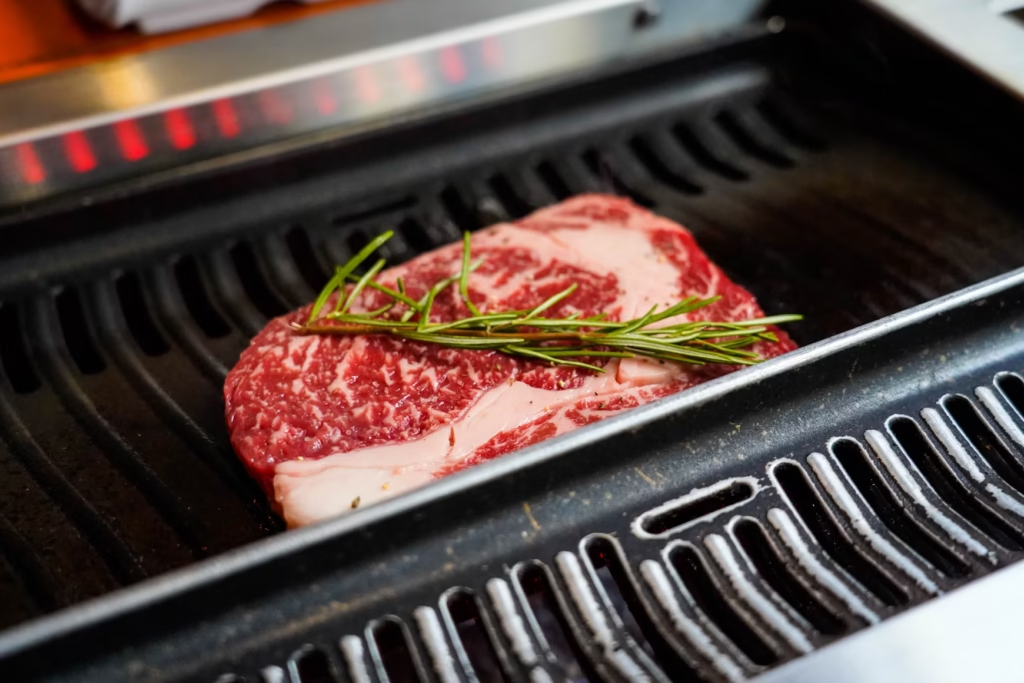
Traditionally, access to A5 Wagyu in the United States was reserved for high-end restaurants and select butcher shops in metropolitan areas. The pandemic and ensuing e-commerce revolution, however, upended that model. Today, the finest cuts from Japan’s most respected prefectures can arrive at your doorstep overnight. This evolution has democratized Wagyu, making it more accessible to those willing to invest in culinary excellence at home. The growing network of online purveyors has created a new kind of Wagyu connoisseur, one who pairs sous vide precision with an eye for provenance.
Trustworthy retailers like Destination Wagyu are redefining access to high-end beef through a premium membership subscription that offers a seamless, curated experience. By partnering directly with top Japanese producers and optimizing delivery, they make it easier than ever for home cooks to enjoy cuts once reserved for exclusive occasions. Members receive a rotating selection of A5 ribeyes, striploins, and more, transforming the freezer into a ready source of luxury. It’s more than convenience; it’s a new way to bring craftsmanship and consistency into everyday meals.
Subscription Models: Consistency Meets Convenience
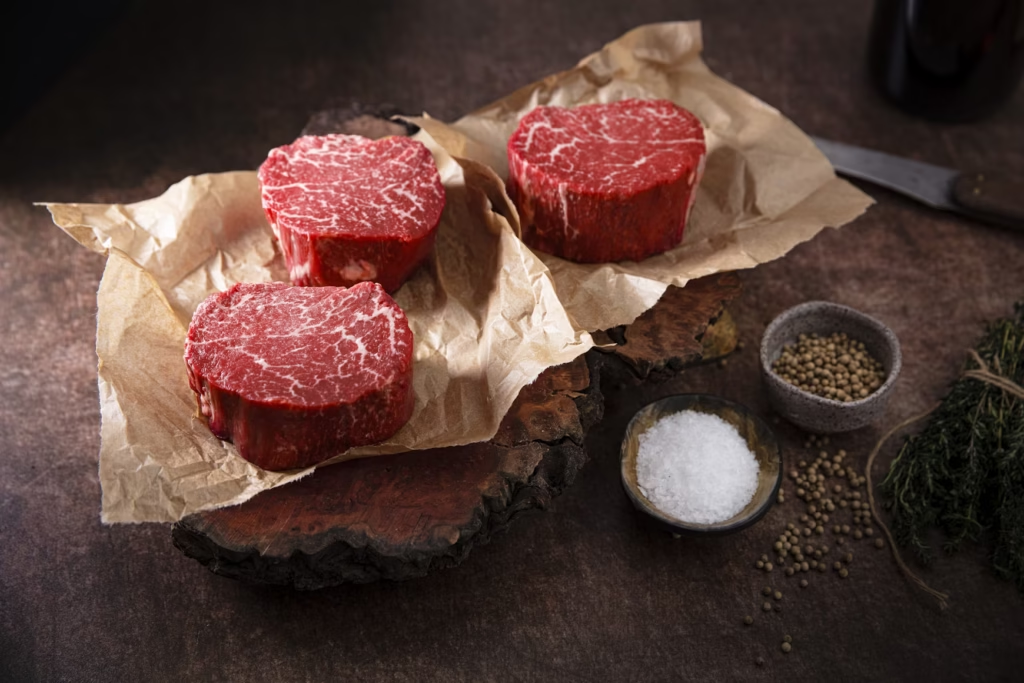
The beauty of a Wagyu subscription lies in its simplicity. Once a luxury confined to elite dining establishments, these carefully structured programs allow food enthusiasts to indulge regularly without the friction of searching for quality each time. Subscribers typically receive a rotating selection of premium cuts, often accompanied by tasting notes and cooking guides. This format transforms a passive purchasing experience into a more engaged culinary journey.
Additionally, subscription models provide value beyond convenience. With guaranteed sourcing and direct-from-supplier logistics, customers avoid inflated middleman costs and shady resellers. These services often include customer support that rivals five-star hospitality. Whether it’s pausing a delivery, customizing your order, or consulting on pairings, the experience becomes personal. As consumers grow more accustomed to concierge-style service, these programs represent the future of gourmet at-home dining.
Mastering Wagyu at Home: Techniques for the Perfect Cut
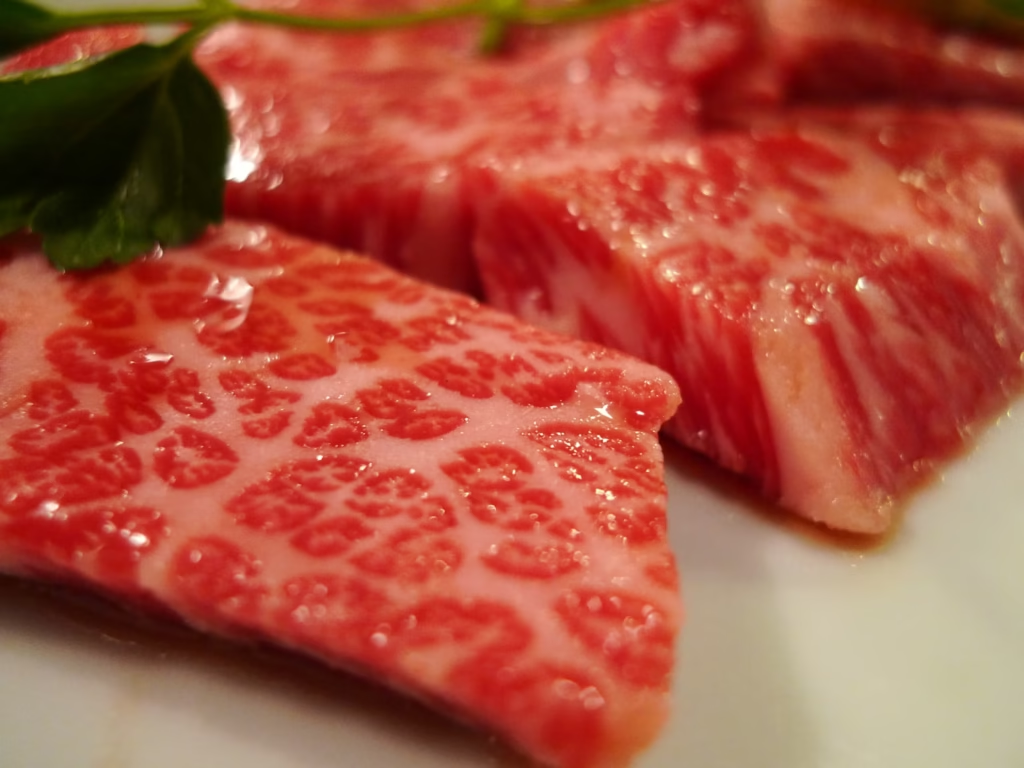
Bringing A5 Wagyu into your home kitchen demands more than a cast iron skillet and high hopes. This is not meat, you just sear and serve. Preparation begins with thawing it properly, preferably overnight in the refrigerator to preserve its delicate fat structure. Cooking methods such as sous vide or the Japanese-style yakiniku grill yield the most precise results, allowing you to highlight the flavor without overcomplicating the process. Less is more when it comes to seasoning; a light dusting of sea salt is often all that’s needed.
Equally important is understanding portion size and temperature. Because of its high fat content, A5 Wagyu is best enjoyed in smaller servings, typically three to four ounces per person. This is a tasting experience, not a 16-ounce porterhouse challenge. Serving it at the right temperature ensures the marbling melts at the exact moment it touches your tongue. Side dishes should play a supporting role, not compete for attention. Think grilled vegetables, Japanese pickles, or a simple ponzu sauce to add brightness.
Distinguishing Authentic Wagyu in a Crowded Market
In a market flooded with buzzwords like “Wagyu-style” and “American Wagyu,” understanding what you’re purchasing is more important than ever. Authentic Japanese A5 Wagyu must originate from Japan and carry the proper documentation. Look for certificates of authenticity, breed information, and origin labels from recognized prefectures. Reputable sellers will not shy away from transparency. They often highlight their sourcing partners and provide in-depth descriptions of their offerings.
On the other hand, vague product listings and steep discounts are red flags. Terms like “Wagyu-inspired” or “Wagyu hybrid” typically signal crossbreeds or domestic beef that do not meet the rigorous A5 criteria. Educated buyers are less likely to fall prey to deceptive marketing and more likely to build lasting relationships with trustworthy suppliers. In this space, knowledge is as critical as palate. Knowing what to ask and what to expect separates fleeting indulgence from a refined, repeatable experience.
A Cultural Journey on Your Plate
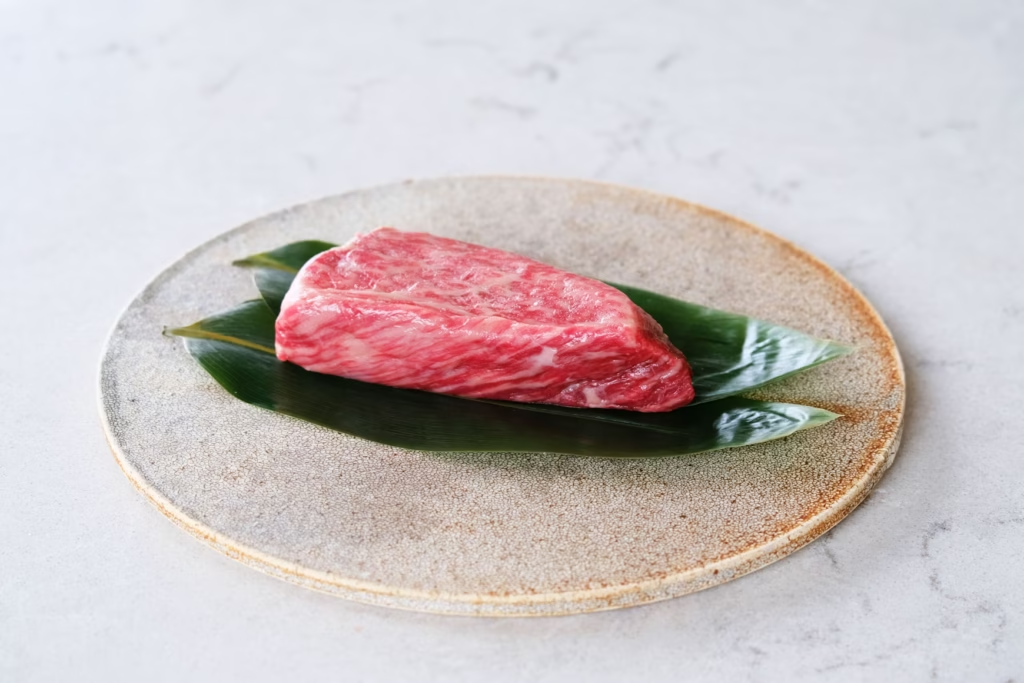
Eating Japanese A5 Wagyu is not merely about consuming premium beef, it is an act of cultural appreciation. The traditions, craftsmanship, and reverence surrounding its production are steeped in Japanese values of respect and perfectionism. Each bite carries the essence of regional heritage and the story of farmers who dedicate their lives to raising cattle with exceptional care. This is why Wagyu is served ceremonially in Japan, often with minimalist accompaniments that allow the meat to take center stage.
For American diners, integrating A5 Wagyu into regular meal planning introduces a deeper appreciation for the global food ecosystem. It creates an opportunity to connect with culinary traditions far beyond one’s local grocery store. Whether shared over a quiet dinner or served at a celebration, it elevates the occasion and sparks conversation. In the end, regular access to authentic Japanese A5 Wagyu is not just about satisfying hunger, it’s about curating moments that linger in memory, long after the final course.
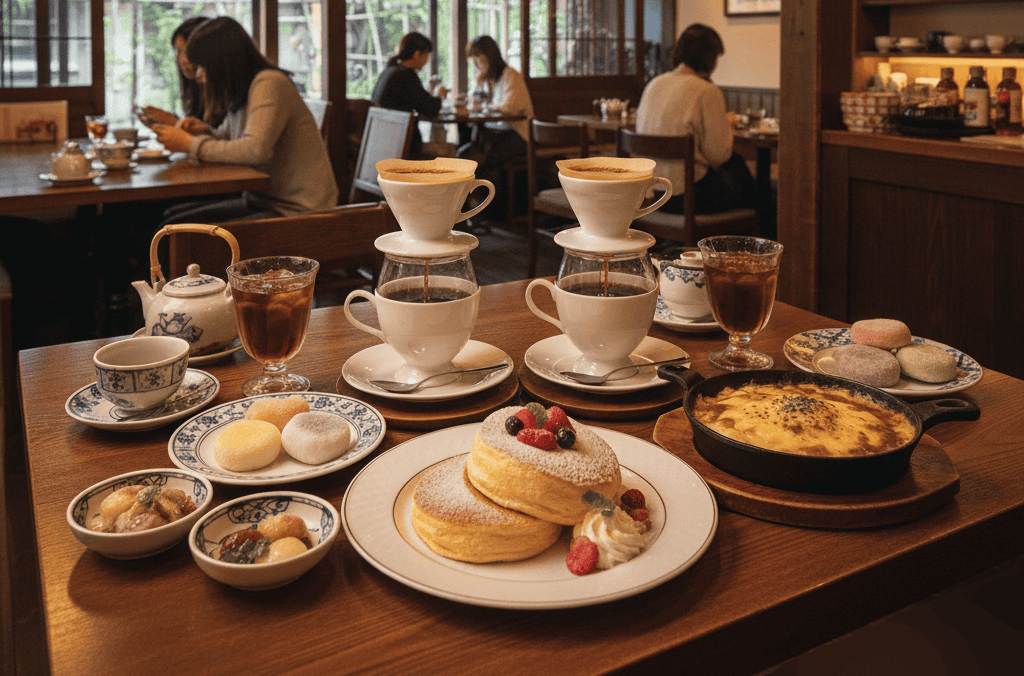
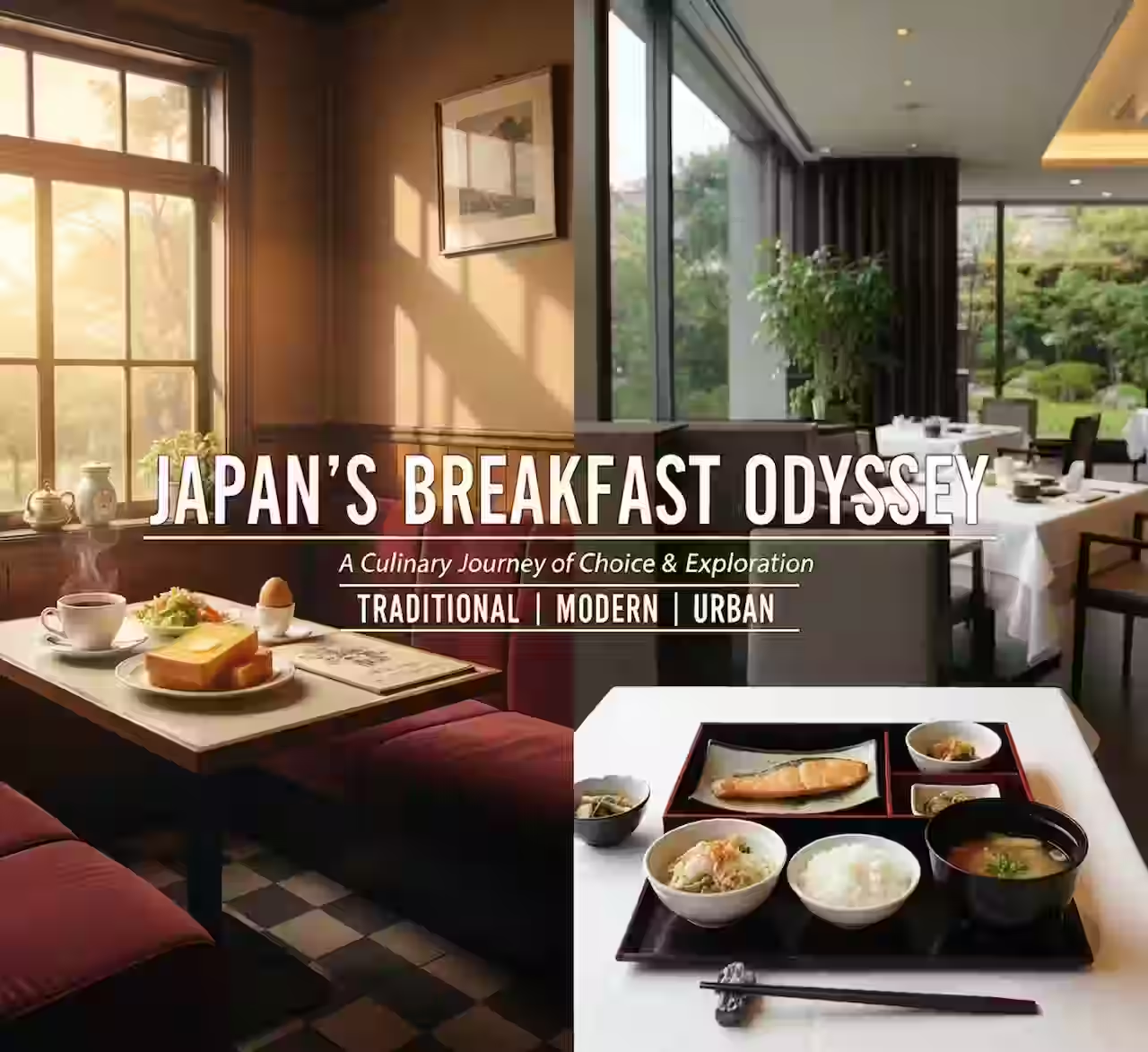

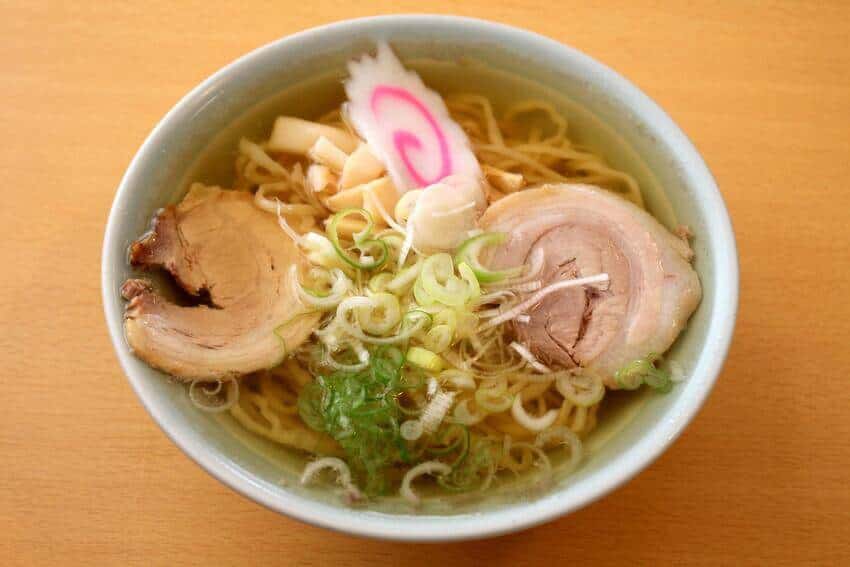
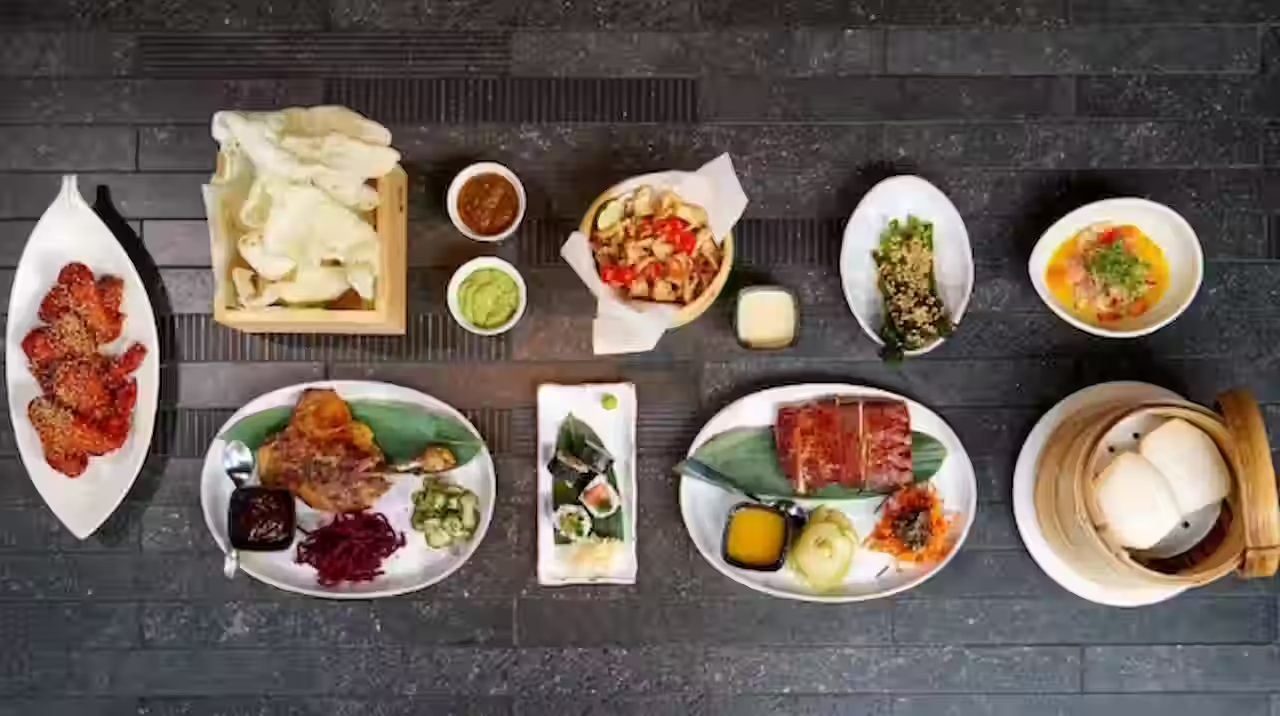

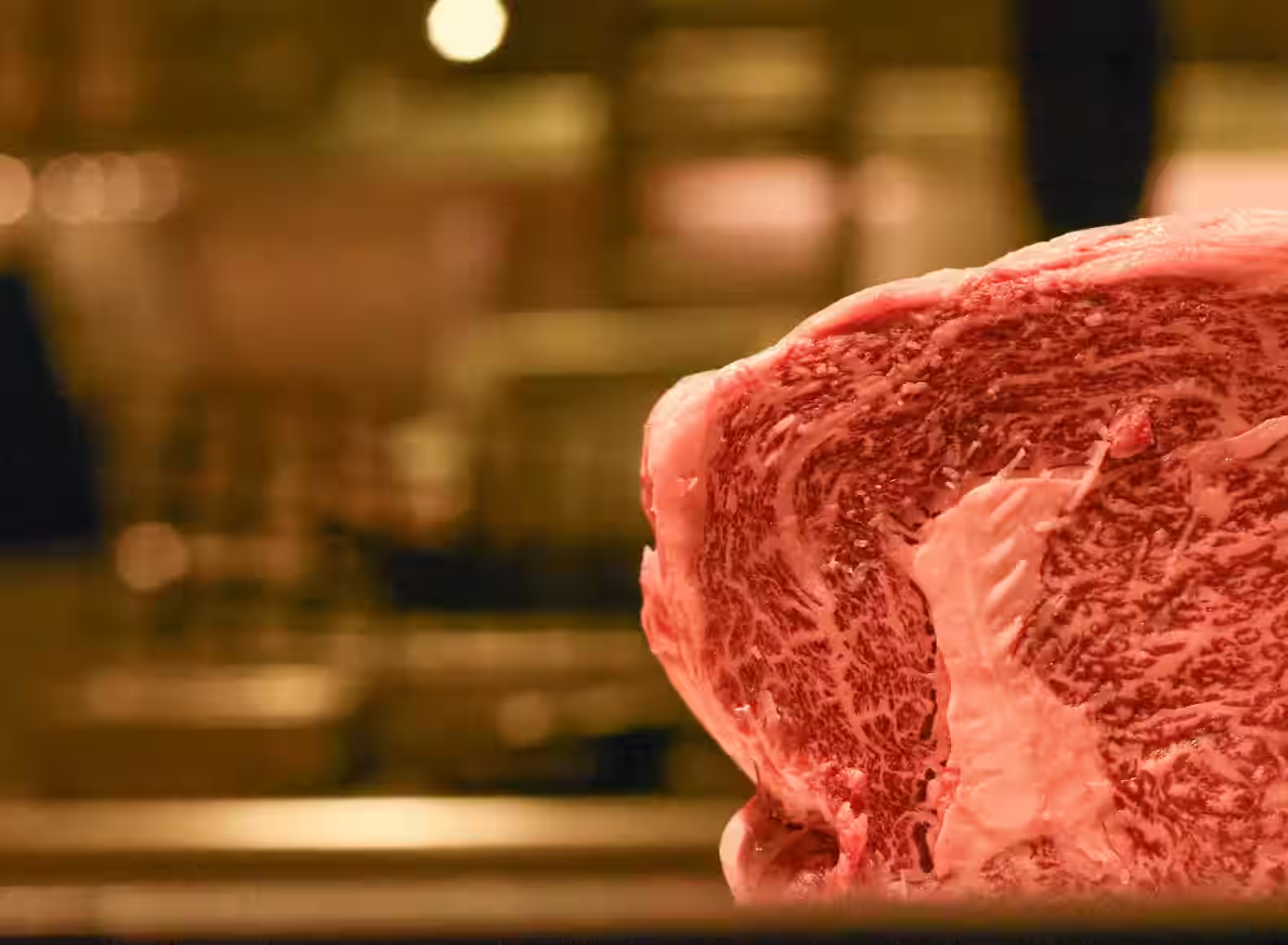
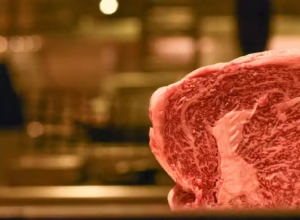
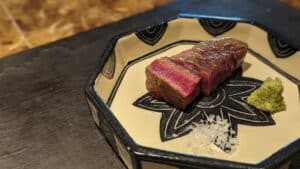
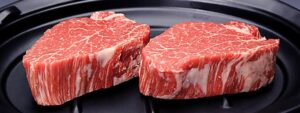
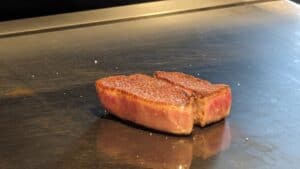
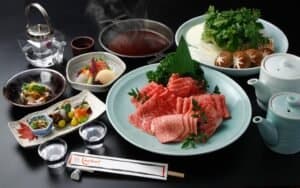
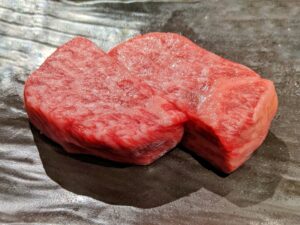
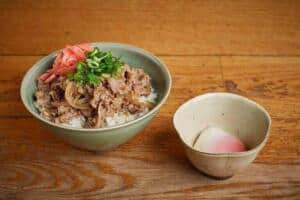
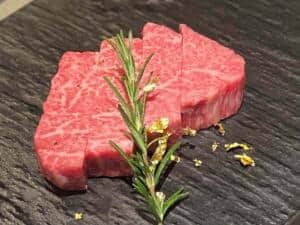
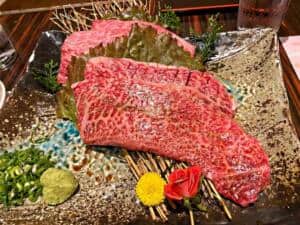
Comments